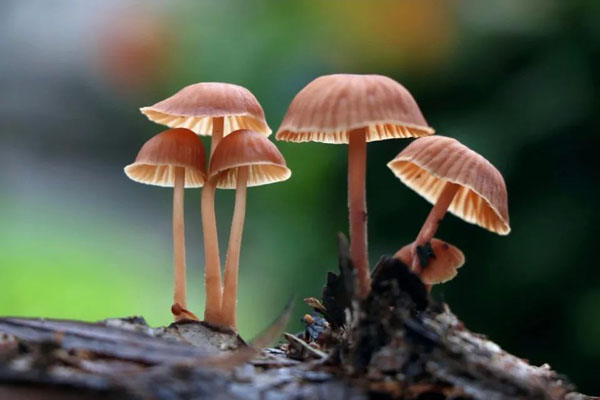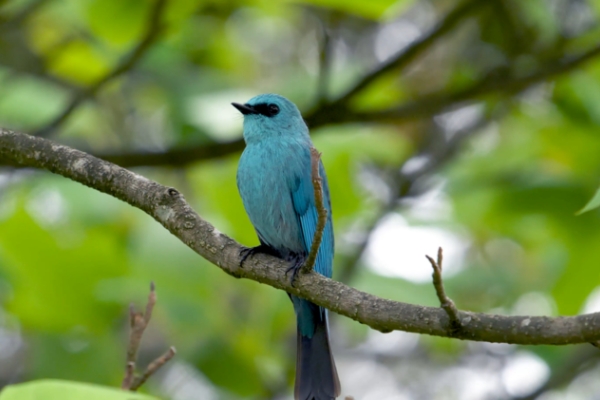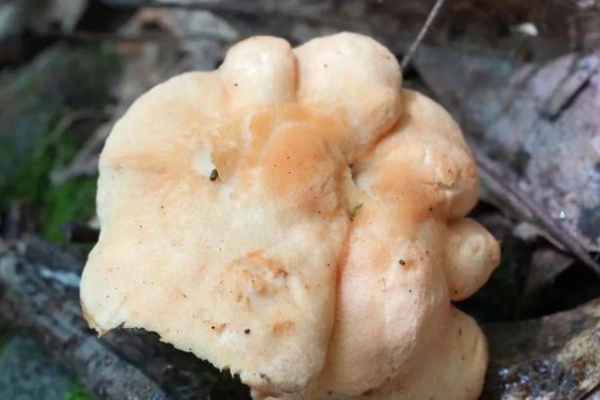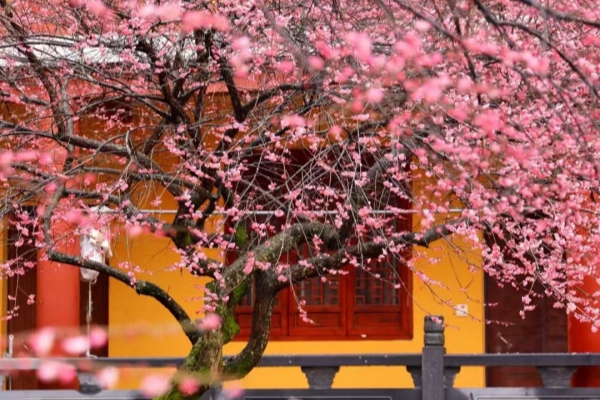Vibrant 'elves' thriving in Baishanzu National Park

Mushrooms in the Baishanzu National Park, located in the south of Lishui, Zhejiang province. [Photo by Mao Changsen/WeChat account: ls-mnews]
Mushrooms are growing with vitality, creating a unique scenery within the Baishanzu National Park, located in the south of Lishui, Zhejiang province.
Mushrooms, rootless and stemless, and coming in many varieties, are a type of fungal creature that often thrive in the depths of mountainous environments. Sometimes referred to as "elves on the ground", they are not only flavorful but also excellent additions to both meat and vegetable dishes.
Wu Yu, a farmer living in Longyan village, Qingyuan county, Lishui during the Southern Song Dynasty (1127-1279), was credited with first discovering the mushrooms at the cuticle wound of felled trees. He subsequently went on to cultivate the world's first artificial mushroom.
Since then, mushroom cultivation has become a skill passed down from generation to generation in Qingyuan. Natural spores on felled forest trees germinate in the axe marks on the bark, gradually forming mycelium. After more than two years, mushrooms are cultivated.
"It sounds easy, but it’s actually complex in operation," explained villager Wu Shuimao. "The depth, direction and density of axe marks vary for different tree species. Even for the same species, there are differences."
With the advancement of modern technology, the mushroom industry in Baishanzu National Park has undergone significant changes, establishing automated and standardized production factories. However, the original planting mode still persists in Longyan village.
In the village, the mushroom is more than mere food. Longyan locals go to the "God of Mushroom" temple fair during festivals and sing folk songs about mushrooms as they work. Mushrooms have become an integral part of the local culture, blending seamlessly with the land.

 Lishui establishes intelligent biodiversity monitoring system
Lishui establishes intelligent biodiversity monitoring system New fungus species discovered in Qingyuan
New fungus species discovered in Qingyuan Lishui transforms weirs to aid fish migration
Lishui transforms weirs to aid fish migration